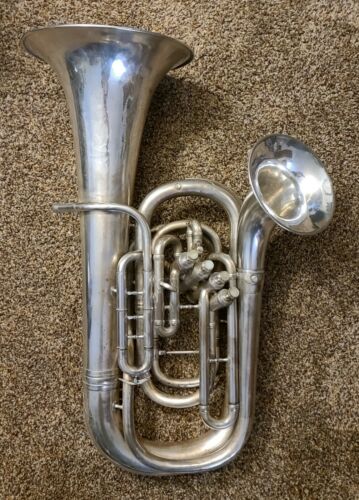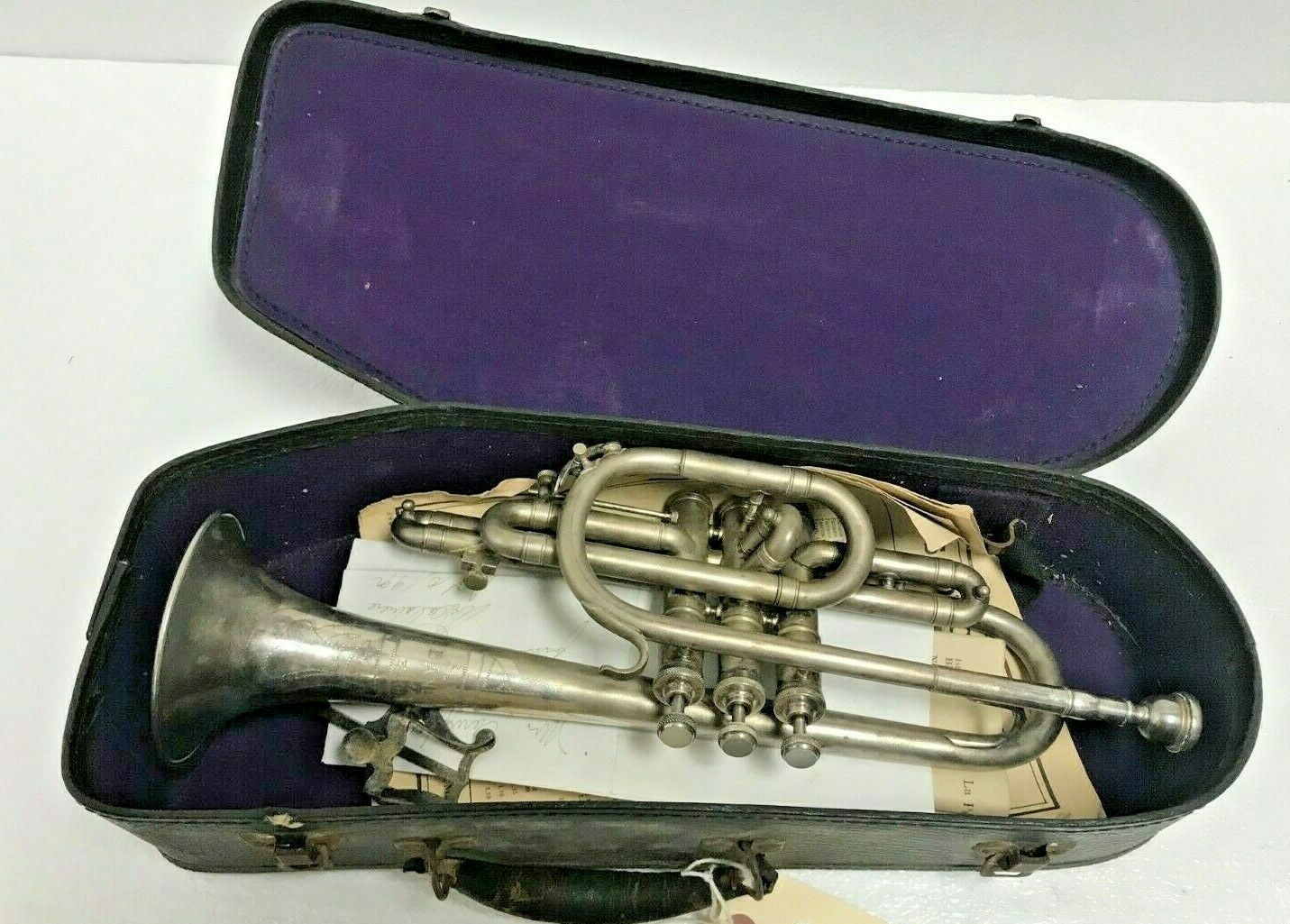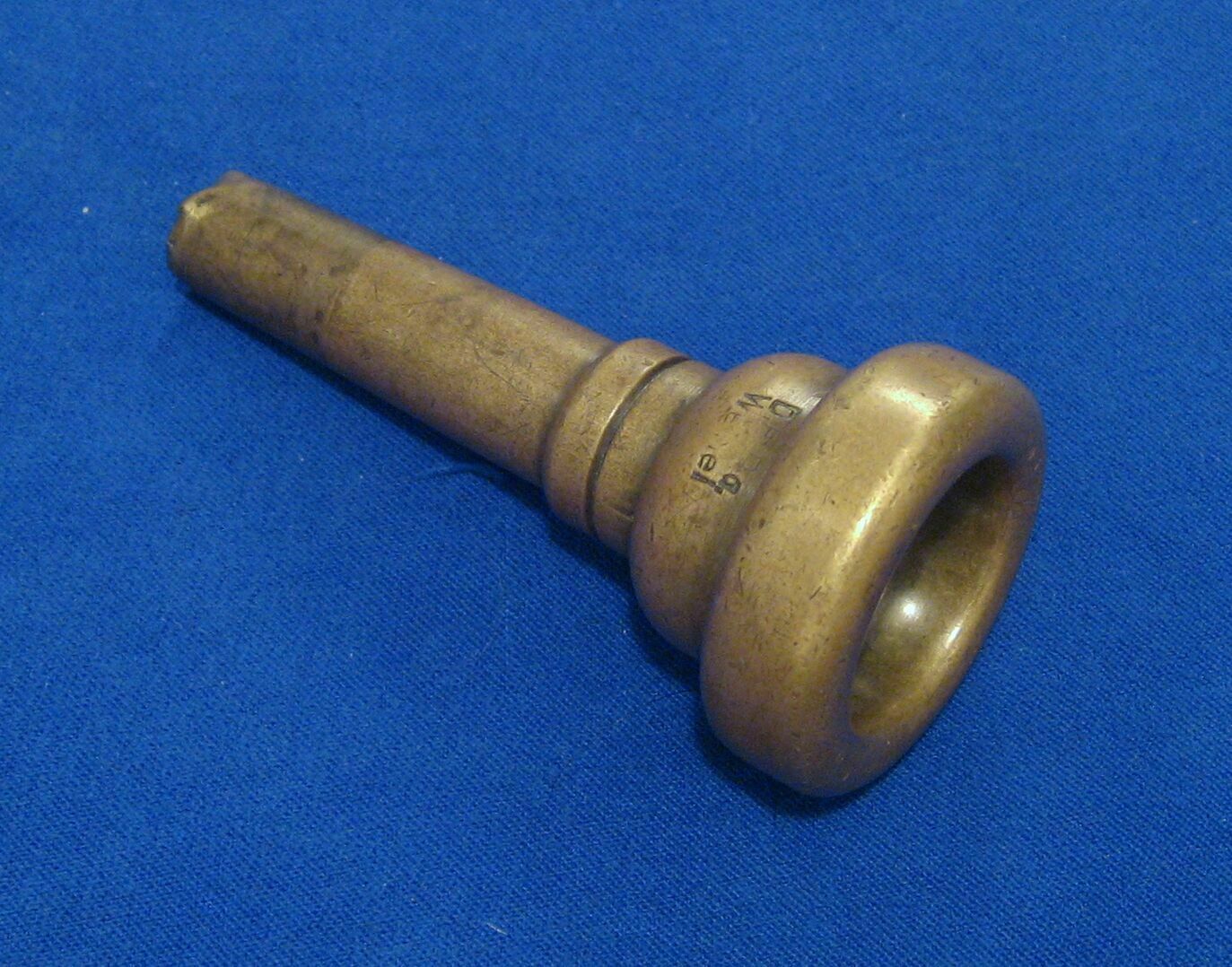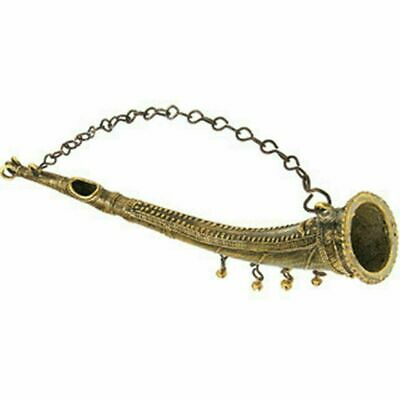-40%
1911 C.G. Conn "New Invention" 3 valve front facing action Double Bell Euphonium
$ 1053.35
- Description
- Size Guide
Description
Weekend Price ,995.Conn 1911 "New Invention" front facing action 4 Valve Double Bell Euphonium. Overall, this 110 year old "low pitch" horn is in very good condition. There are some small dents with the worst denting being at the back bottom of the horn's base. There are no large dents or dents that effect play or tone. Original 110 year old case is still in good condition. Condition is "Used" FLAT 0 UPS ground shipping.
History: The double bell variation of the euphonium was mass-produced starting in the 1880s. First "New Invention" produced in 1911 by the C.G. Conn Company in the United States. This horn is well catalogued and serial number #121203 has it being one of C.G. Conn's "New Invention"s first year of production.
The instrument was first popularized by euphonium virtuoso Harry Whittier with the famous Patrick Gilmore Band starting in 1888; the John Philip Sousa Band added the instrument the following year with other US brass bands following the example. Peak production of the instrument was from about the 1890s into the 1920s. The last double bell euphoniums were made around 1960.
The last valve on the horn (either the fourth or the fifth, depending upon the model) is used to switch the sound from the main bell to the secondary bell. Both bells cannot play at the same time because each bell usually has its own tuning slide loop, such that they can be matched adequately for consistent performance. Unlike the double horn, there is only one set of valve slides with a double bell euphonium, so only the basic pitch of the two bells can be matched.
From Wikipedia: "The double bell euphoniumis a duplex instrument based on the euphonium. The larger bell produces the mellow tone of a standard euphonium; the second smaller bell has a brighter tone, similar to a baritone horn or valve trombone. The smaller bell can give more appropriate tone in the higher range of the instrument. The two bells can also be used for special effects, such as echoes, and using the distinctly different tone of the two bells for a single musician to give the effect of call and response."
"Thanks for your interest." -werd04




















